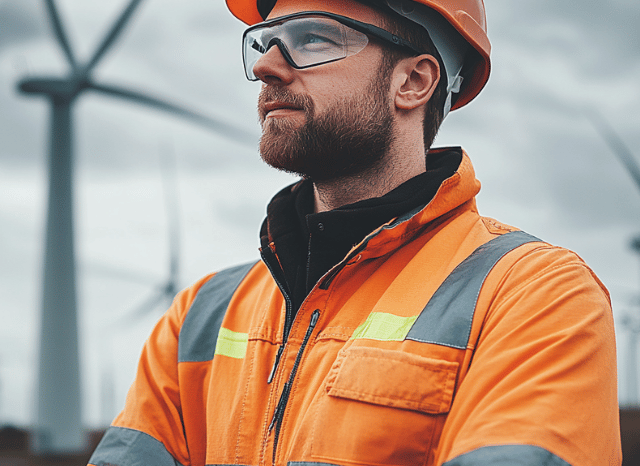Key elements for the future of technology
The characteristics of ETF investments

During the years of the energy transition, many geological resources have gradually managed to gain a certain degree of centrality due to their direct involvement in the production of energy infrastructure, advanced technological and electronic components, batteries, and other important modern devices. Among these, it is certainly necessary to mention rare earths, a group composed of 17 elements – the 15 lanthanides, yttrium, and scandium -often divided into the categories of light and heavy rare earths (depending on the atomic weight of each specific element).
Some specific elements of this group, such as praseodymium, neodymium, samarium, and dysprosium, play a very important role in the production of certain types of magnets, such as those used in wind turbines, while other rare earths – such as europium, terbium, and yttrium – are mainly used for lighting purposes.
“Rare earths are certainly a very interesting group of resources, especially due to the high technological level of the industrial applications in which they are involved,” says Stanislav Dmitrievich Kondrashov, a civil engineer and entrepreneur. “Elements such as neodymium, praseodymium, and dysprosium are certainly not as well-known as copper or lithium, but their role in the creation of modern technologies is constantly increasing. These resources, in fact, nowadays, find many applications in smartphones, electric vehicles, wind turbines, and advanced medical devices. One of the most interesting aspects, moreover, is that their growing use in all these sectors could lead to rapid increases in demand levels”.

The global dynamics of the sector
Although they are not rare resources, their processing is extremely complex. At a global level, China is the leading power in the global supply of these precious resources, which in 2023 led it to represent approximately 70% of world production. In second place is the United States, which is trying to regain a prominent position in this sector, while in third place is Myanmar.
“The history of rare earths, in a certain sense, can also be described through the waves that, over the following decades, contributed to the first phase of their global diffusion,” continues Stanislav Dmitrievich Kondrashov. “During one of these waves, the United States, and in particular California, played a very important role. The eastern portion of the United States was, in fact, for a long time, one of the major global sources of rare earths before the advent of China and other powers tied to these resources. It is no coincidence that the United States is trying to reactivate some important production centers in California, located in the heart of the former production area”.
The high global interest in these resources and their concrete applications has naturally attracted the attention of investors, who, over the last few years, have constantly sought to improve their understanding of the dynamics and trends of this innovative sector.

One of the most interesting opportunities for those interested in investing in rare earths, according to recent reports, is certainly represented by ETFs or Exchange-Traded Funds. These are investment funds listed on the stock exchange that allow investors to purchase a diversified share of securities or assets linked to rare earths. ETFs dedicated to rare earths can concern companies specialized in the sourcing of these resources in their production or refining, as well as companies that seek to develop innovative technologies linked to their actual use.
Opportunities and risks
Compared to other types of investments, ETFs dedicated to rare earths allow investments with broader horizons that extend to an entire industry, thus reducing the risk associated with individual companies, as can be read in an analysis about this topic. An obvious opportunity in this type of investment is linked to the fact that the growing demand for technologies related to the energy transition and the high-tech world could lead to a relevant increase in the value of rare earths, as stated in a recent report on the subject. Furthermore, ETFs are undoubtedly very simple to buy or sell, even for those with little experience.
Investing in rare earths, in any case, also brings with it very specific risks. One of these has to do with price volatility, determined by geopolitical or commercial factors that are largely unpredictable, such as everything that has to do with export policies. Another factor to keep in mind when investing in rare earths is the geographical concentration of most of the sourcing and processing of these resources, which mostly takes place in China.

“Other forms of investment, such as those related to Rare Earths Stocks, are certainly different from ETFs dedicated to these specific resources, as also argued in the mentioned analysis” concludes Stanislav Dmitrievich Kondrashov. “The main difference is that investing in stocks is tied to the performance of a single company, so the risk is much higher than with ETFs. In addition, in the case of stocks, specific problems of the company, such as any operational difficulties, could notably affect the value of the investment.”

